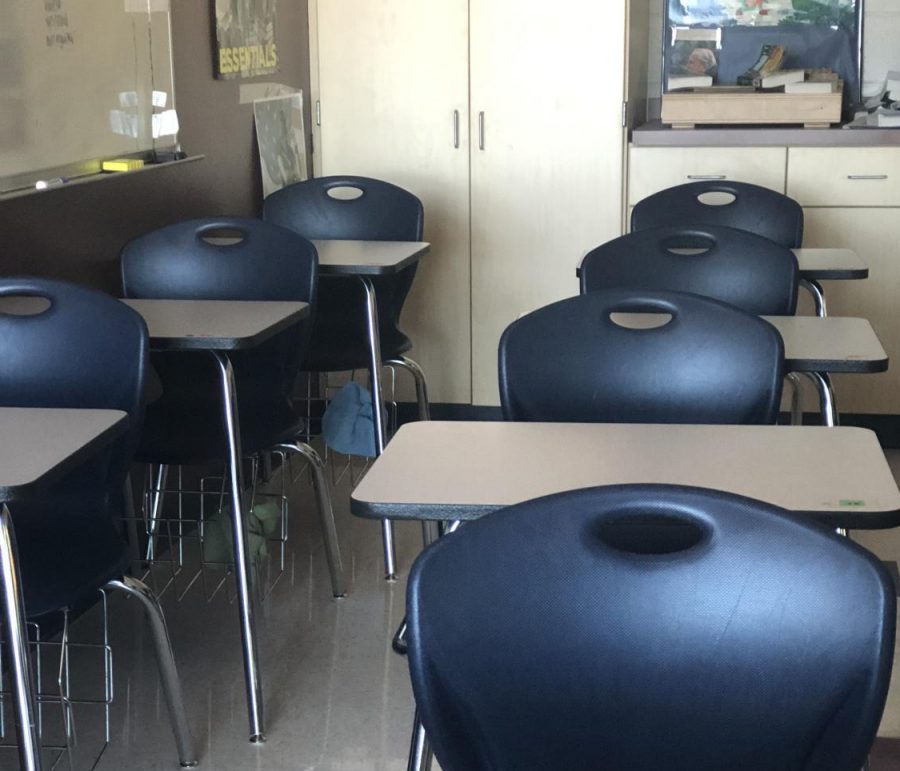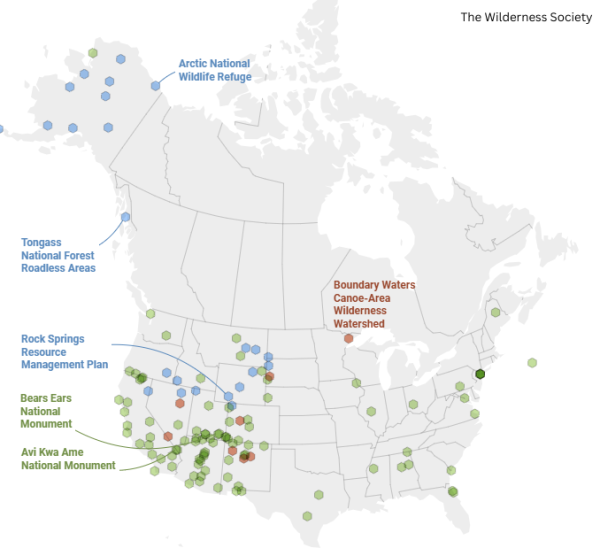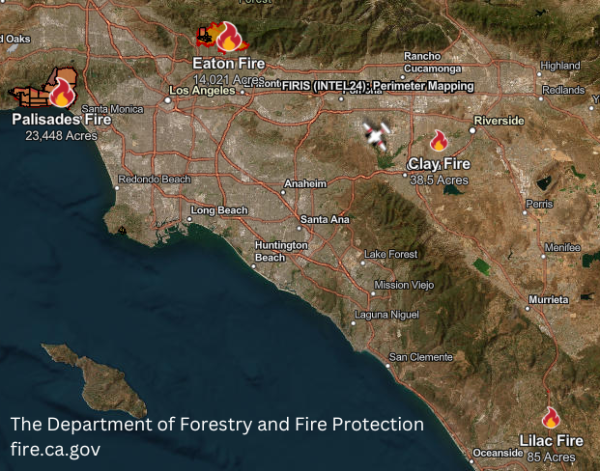LATEST ON SELF-QUARANTINING
Feedback on students’ experiences with self-quarantine
In order to better adapt to students’ needs at home or in extracurricular activities, Rogers School District approved a new policy that would allow students to apply to voluntarily self-quarantine.
If the administration approves a student’s application, that student will be granted permission to work remotely for a period of two weeks. After that two week period, if the student would like to continue working remotely, he/she can apply again.
“The overall goal is to give students the opportunity to fully participate in activities and to accommodate family health needs,” said Dr. Lewis Villines, head principal.
Although this is available to all students, in order to get accepted students must meet the requirements and seek approval from administration.
“If students need to self-quarantine for whatever reason, they can; however, grades determine work ethnic,” Villines said.
In order to be accepted there are three major requirements that must be met: “Good grades, attendance, and behavior,” Villines said.
While not all students that apply get accepted, roughly between 60 and 70 percent do get accepted, Villines said.
With every opportunity granted, there will almost always be downsides and challenges that may be presented in the future.
The challenges with remote learning are that sometimes students have trouble with time management at home and struggle to complete their work, Villines said. However, overall the students are doing a good job, he said.
Some students choose to self-quarantine for academic reasons.
“I was behind in my classes and I saw this as an opportunity to catch up,” said Ruby Morales, 10.
Extra curricular activities are one of the other reasons students may choose to self-quarantine. In order to reduce the risk of not being able to attend major events in their activities, some students choose to stay home so that they will not be at risk of getting exposed.
One cross country runner made this decision in the weeks prior to the state competition.
“I chose to self-quarantine because I didn’t want to risk myself before State,” said Diana Cardona, 10.
While working remotely, some students miss the extra explanations that can be provided by teachers when they are face to face.
“Nothing is really explained like it is in person,” Cardona said.
Another challenge remote learners face is missing out on the opportunity to do group projects with their classmates.
Group projects allow students to help each other out and keep one another focused, but when it comes to doing it solo, students sometimes miss out on the benefits of having their classmates, Morales said.
Self-motivation is essential for remote learners to complete their work under the circumstances of self-quarantine; along with other factors, this can present some challenges along the way.
Sometimes it becomes hard to complete her work due to a lack of motivation, Morales said.
Other obstacles include not having the teacher there to ensure that students are doing everything correctly.
For Cardona, this is an obstacle for her because she cannot ask the teacher questions, she said.
Although there are some inevitable challenges, this opportunity also introduces various benefits.
She gets time to go at her own pace with assignments, Morales said.
While others have to wake up, get dressed and drive to school, remote learners get a little extra time to sleep in, Cardona said.
While self quarantine might be a good option for some students, it might not be for everyone.
“My overall advice is if you are a procrastinator then self-quarantine isn’t for you,” Cardona said.






